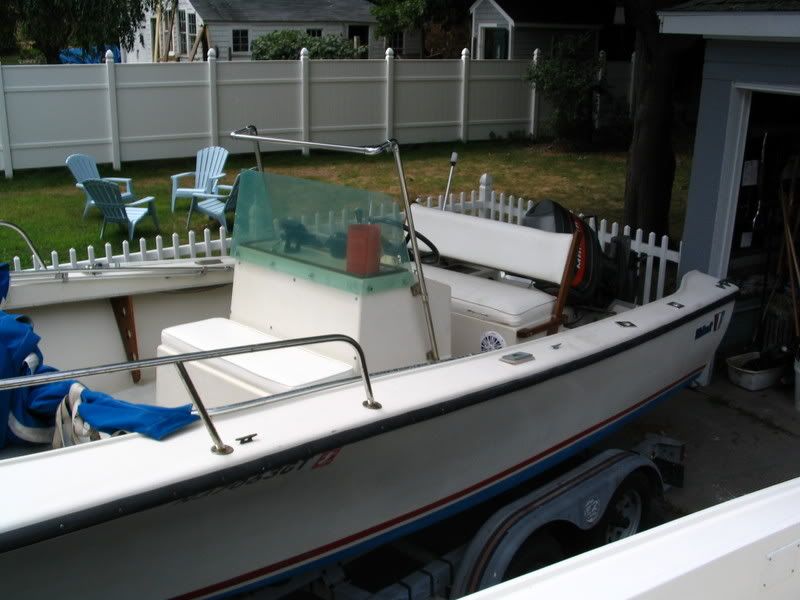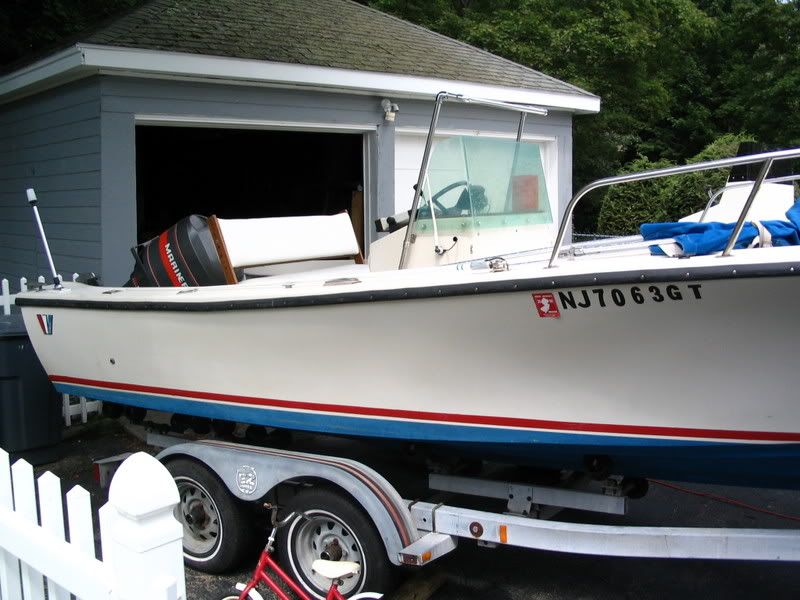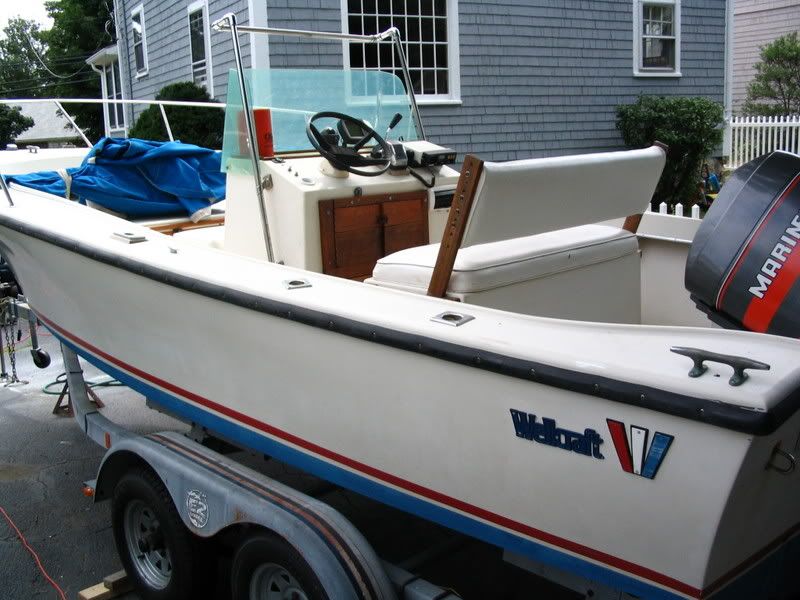Re: Transom?'s (long)
Guys,
I have to admit that I've been looking into transom repair techniques other that the traditional glass/wood layup process. I've been communicating to a few folks on the Mako board (sorry :-[) . I've looked at Seacast, Arjay and Nicacore. I've spoken to people at all three manufacturers as well as at Wellcraft and Venture marine (both use the Arjay 6011 pourable ceramic in their transoms. Here's a post I made on the Mako board:
I spoke to the guys at Arjay yesterday. Very helpful. They are sending me a bonded piece of their material to check out. Being a civil engineer, I've researched this pourable stuff significantly. I've loooked at three products: Seacast, Arjay 6011 and Nicacore's Nidabond pourable transom product. Allare poly resins with possible add mixtures. Seacast uses chopped fiberglass where the other two use ceramic spheres. I've got to think the fiverglass strands will provide superior tensile strength that the spheres, and that is backed up by the Seacast strength tests (for what they are worth). Wellcraft ahd Venture marine both use the Arjay in their transoms and have been for some time. I found Arjay for $95/5 gallon (quoted) at Fiberglass Services in Sarasota. Nidabond is about $115 and Seacast is running over $200 for the same size bucket (ouch).
I completely agree with Raybo that the pourable material has its applications but not across the board. If your stringers are bad you need to go full replacement with the traditional method (I would use coosa, but that's just me). With this method, you've got to cut the hull or inner liner at some point - just no way around it.
In my case, I have a very clean Wellcraft that I don't want to cut the cap on (I will never go in through the hull; again, that's just me and my skill level). I also agree with Raybo that if you use a pourable, the void space MUST be clean, freshly sanded and with a coat of new glass or resin applied. Harbor freight has affordable drill bits (about 2 ft long) for getting the wood out and they have a cheap drum/disk sander pack that fits on a drill. The sizes range up to about 3 inches. The smaller ones are perfect for sanding in between the hull and liner. While I see the dangers of going the chainsaw route, I have a small electric that I would use IF the wood is very soft and easily removed. I'll definately document the process when I begin.
As I say in that post, My dually is pristine up top (not to the Lumber's level yet!) and I really don't want to cut the top cap. I could remove the entire cap but I don't have the facilities for that. I'm of the opinioin that IF you can get ALL the wood out - no matter how long that takes- and you can get a fresh coat of glass/resin in the transom to promote a good bond, the pourable's are a good alternative. I'm leaning to the Arjay 6011 at this point. My transom has a little flex, but its not terrible. This may be a winter project for me.
Hope this helps, Maury




